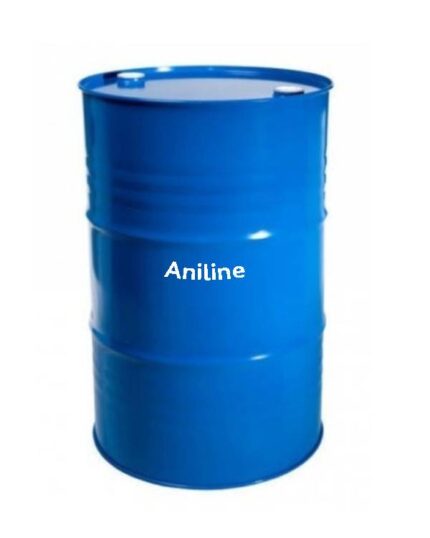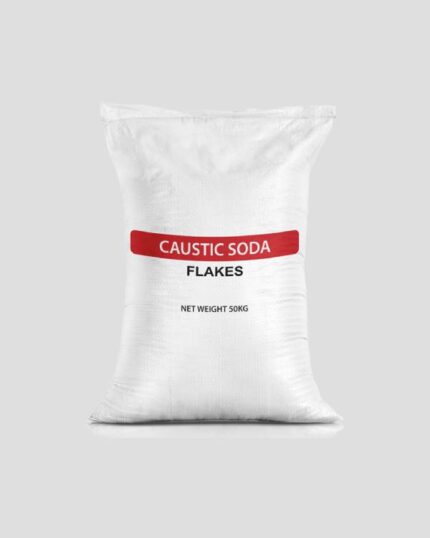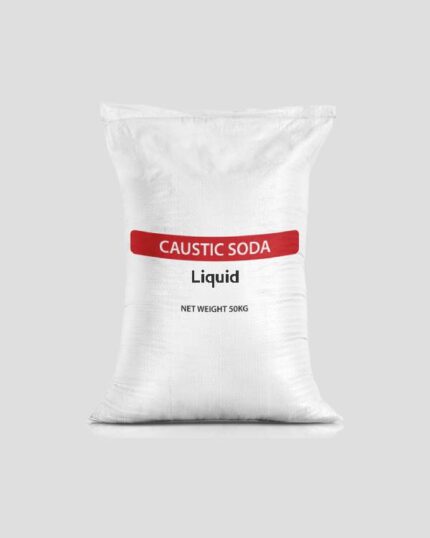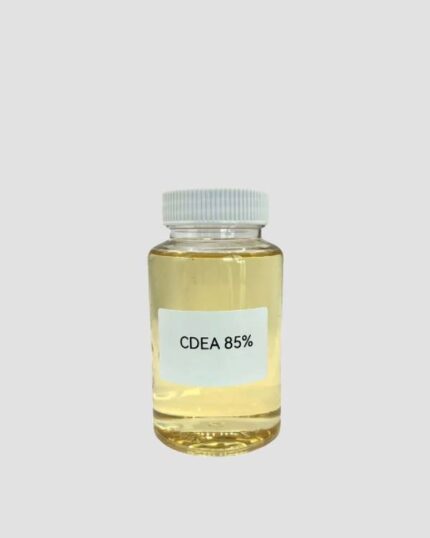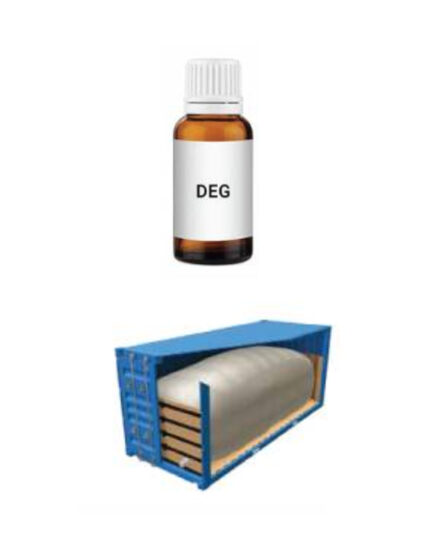Acetic Acid (AA)
ACETIC ACID (AA), CH3COOH , is a colourless liquid with a distinct sour taste. Although most commonly known as vinegar, this acid also has a wide variety of other uses across multiple industries. Acetic acid is an organic compound and a colourless liquid.
Aniline
Aniline is an organic compound with the formula C₆H₅NH₂. Consisting of a phenyl group attached to an amino group, aniline is the simplest aromatic amine. It is an industrially significant commodity chemical, as well as a versatile starting material for fine chemical synthesis.
Caustic Soda Flake
Caustic Soda Flakes are white and highly hygroscopic solids that dissolve readily in water and alcohol. With the chemical formula NaOH, these flakes are produced through the evaporation of liquid caustic soda.
Caustic Soda Liquid
Sodium hydroxide, also known as lye and caustic soda, is an inorganic compound with formula NaOH. It is a white solid ionic compound consisting of sodium cations Na+ and hydroxide anions OH-.
Sodium hydroxide is a highly caustic base and alkali, that decomposes proteins at ordinary ambient temperatures and may cause severe chemical burns. It is highly soluble in water and readily absorbs moisture and carbon dioxide from the air. It forms a series of hydrates NaOH·nH2O. The monohydrate sodium hydroxide (NaOH·H2O) crystallizes from water solutions between 12.3 and 61.8 °C.
Citric Acid
Citric acid is an organic compound with the formula C 6H 8O 7. It is a colorless weak organic acid. It occurs naturally in citrus fruits. In biochemistry, it is an intermediate in the citric acid cycle, which occurs in the metabolism of all aerobic organisms. Citric acid.
Coconut Diethanolamide (CDEA)
Coconut Diethanolamide (CDEA) or Cocamide Diethanolamine (Cocamide DEA) (C11H23CON(CH2CH2OH)2) is an non-ionic surfactant, can easily soluble in water, with good foaming, foam stabilization, penetration and decontamination, and hard water resistance abilities. When the anionic surfactant is acidic, the thickening effect is particularly obvious, and it can be compatible with a variety of surfactants. It can enhance the cleaning effect, can be used as an additive, foam stabilizer, foaming aid, mainly used in the manufacture of shampoo and liquid detergent.
Di Ethanol Amine (DEA)
Di Ethanol Amine (DEA) is a secondary amine classified within the group of organic compounds known as ethanolamines, which possess both amine and alcohol …
Di Ethylene Glycol (DEG)
Diethylene Glycol (commonly abbreviated as DEG) is an organic compound with the chemical formula C₄H₁₀O₃. It is a colourless, odourless, and hygroscopic liquid with a sweet taste, typically miscible with water, alcohol, and many organic solvents.







